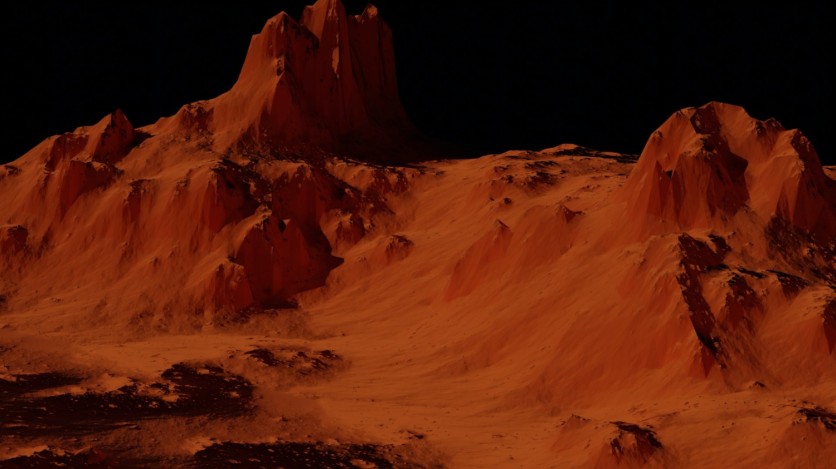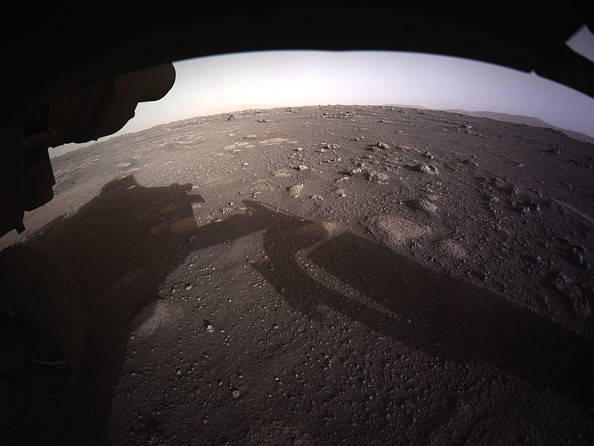A Mars spacecraft might have just spotted water ice hidden a few feet under the Red Planet's version of the Grand Canyon.

According to Space.com, the discovery was made by the Trace Gas Orbiter (TGO) spacecraft, which is part of a joint mission by the European Space Agency (ESA) and Roscosmos called ExoMars.
The water ice was detected by virtue of the data collected by the TGO. Using a machine called a Fine Resolution Epithermal Neutron Detector (FREND), the spacecraft was able to detect high levels of hydrogen at Candor Chaos, a site located close to the Martian Grand Canyon called Valles Marineris.
To brush up on your elementary school science, hydrogen is a key component of water.
In an official statement, the ESA said that the central part of Valles Marineris is packed with "far more water than expected." They even compared it to Earth's own regions covered in permafrost. There, water ice remains under the land for a long time because of the constant cold.
The TGO Mars spacecraft was able to make the discovery from almost 250 miles above the planet's surface. But it also allows scientists to "look down" to as much as 3 feet below the dusty surface of Mars, where they hope to find water-rich regions that could go undetected by other instruments.
With this discovery, the ESA ExoMars mission hopes to better understand what happened to the planet's water in the distant past. Furthermore, it will also help them improve their techniques for finding organic materials, as well as signs of life on Mars-or any other potentially habitable exoplanet.
For now, the ExoMars mission and the TGO spacecraft will continue to study the Red Planet and find out once and for all if life ever existed there, according to the ESA.

Water is a critical part of life as it is known on Earth. Even in our world's harshest environments, the presence of microscopic water molecules have almost always been linked to the existence of living organisms.
Did The TGO Mars Spacecraft Basically Confirm Mars Had Water?
It is not the first one to do so, but it further corroborates the fact that liquid water-or water ice, in this case-does flow on Mars, albeit very sparingly.
This massive confirmation was made way back in 2015 by NASA, using data from their Mars Reconnaissance Orbiter (MRO) spacecraft. The probe used an instrument called an imaging spectrometer to detect signatures of so-called "hydrated minerals" on specific slopes on the planet.
On these slopes, the liquid water flows intermittently at temperatures over -10 degrees Fahrenheit, but eventually disappears when it gets colder than that.
Where All The Water Went
Given that water is an essential sign of potential life, numerous theories are floating around suggesting that Mars might have been a livelier world in the distant past. But where did all the water go in the first place?

There are two places where it could have gone, as per National Geographic. One, around 30 to 99 percent of all the planet's water got trapped into minerals in its crust. Two, the rest of it just went to space. This is the conclusion of a study published last March 17th in the journal Science, which was presented at the Lunar and Planetary Science Conference.
For now, the TGO spacecraft and the whole ExoMars mission will continue prodding.
This article is owned by Tech Times
Written by RJ Pierce
ⓒ 2025 TECHTIMES.com All rights reserved. Do not reproduce without permission.




